Español
Five Must-See Places Near Tokyo
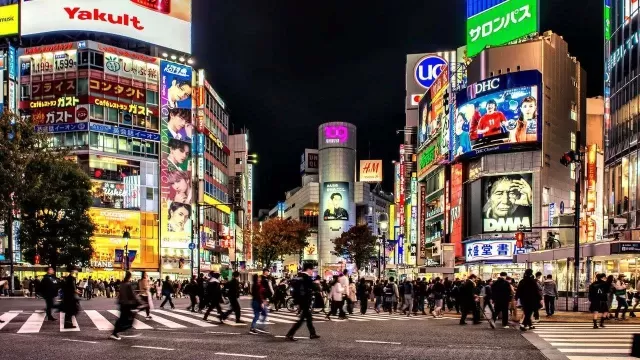
Have you ever thought about visiting Japan? When you picture this country, the first thing that probably comes to mind is its capital: Tokyo, a metropolis brimming with possibilities and iconic landmarks like Shibuya, Shinjuku, and Tokyo Tower. But did you know that just a train ride away, historic towns, sacred islands, and volcanic landscapes await? Many travelers are unaware of these gems, accessible with the same JR Pass or affordable regional passes. As a Japanese tourism expert, I'll reveal five must-see destinations that will transform your trip:
Kawagoe: A Journey to Feudal Japan

Just 26 minutes from Ikebukuro , Kawagoe is a time capsule. Its Kurazukuri no Machinami Street preserves Edo-period warehouses with black wooden facades and traditional lanterns. Don't miss Hikawa Shrine (where singles search for "love dolls" to find a partner) and Sweet Street (菓子屋横丁) , brimming with handmade cookies. Autumn (October-November) paints the gardens of Rinsenji red, but in spring the cherry blossoms are magical. Another must-see destination is Kitain Temple (disciples of Buddha), where you'll find over 500 statues of Rakan (disciples of Buddha), each with a unique expression. Tip: Use the Kawagoe Discount Pass (includes train and bus) and arrive early to avoid crowds on the free tourist buses. Kawagoe's popularity has increased among both locals and tourists, so if possible, avoid visiting this place on the weekend, as it's at its most crowded!
Enoshima: The Island of the Sea Goddesses

This sacred island dedicated to Benzaiten (goddess of the arts) Just an hour from Shinjuku (with the Enoshima-Kamakura Free Pass ), this area combines spirituality with stunning coastal scenery. Climb the Sea Candle (a panoramic lighthouse) for a clear view of Mount Fuji, explore the candlelit Iwaya Caves (just like in Cardcaptor Sakura !), and ring the Love Bell at Benzaiten Shrine. Summer (June-August) is ideal for beaches and festivals, but sunsets like the one at Chigogafuchi are spectacular year-round. Vital tip: Buy an escalator pass (¥360) to save energy on the hills.
Nikko: World Heritage Site Among Mountains
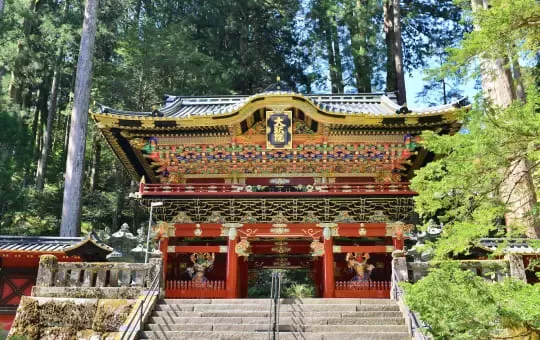
Here, nature and art merge in golden sanctuaries. Toshogu Temple (with its famous "Three Sages Monkey") and Lake Chuzenji are must-sees. Arrive by SPACIA train from Asakusa (2 hours with the Nikko Pass ) and use local buses (lines 2A/B/C). In autumn (October), the mountains become a mosaic of reds; in May, the rhododendrons bloom. Warning: In winter, many routes close due to snow. Be sure to allow time for the spectacular Kegon Falls!
Kamakura: Beaches and Zen at the Feet of the Great Buddha
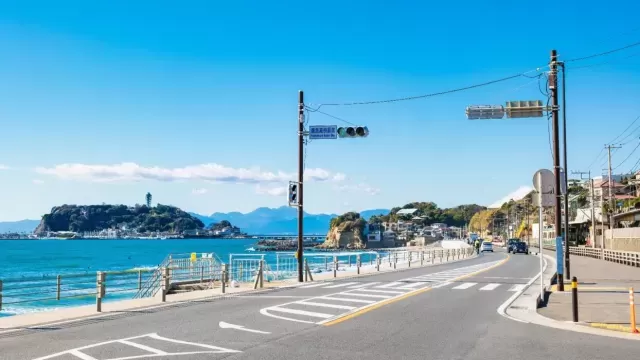
It was the samurai capital of the 12th century, and today it's an oasis of temples and bohemian alleyways. The Enoden train is an attraction in itself, passing within inches of traditional houses.
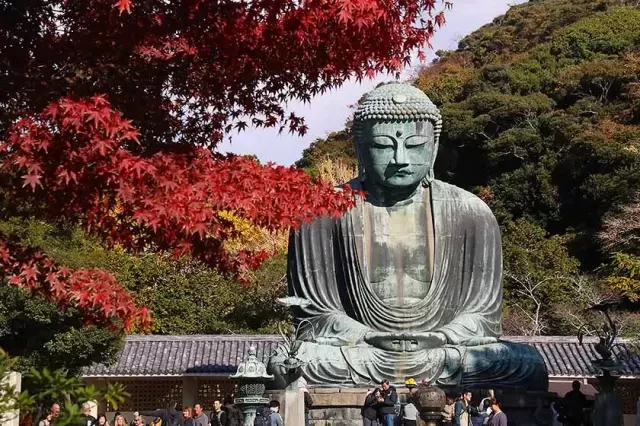 The Great Buddha of Kotoku-in (15 m bronze) and Hasedera Temple (with its hydrangea gardens) are iconic landmarks. Take the charming Enoden train to hop between beaches like Yuigahama and the iconic Slam Dunk crossing at Kamakura Kōkō-mae. Spring (March-April) offers cherry blossoms; in November, the autumn foliage at Hokokuji is sublime. Don't forget to try the taiyaki (fish cake filled with anko) at Komachi-dori .
The Great Buddha of Kotoku-in (15 m bronze) and Hasedera Temple (with its hydrangea gardens) are iconic landmarks. Take the charming Enoden train to hop between beaches like Yuigahama and the iconic Slam Dunk crossing at Kamakura Kōkō-mae. Spring (March-April) offers cherry blossoms; in November, the autumn foliage at Hokokuji is sublime. Don't forget to try the taiyaki (fish cake filled with anko) at Komachi-dori .
Hakone: Hot Springs with Views of Mount Fuji
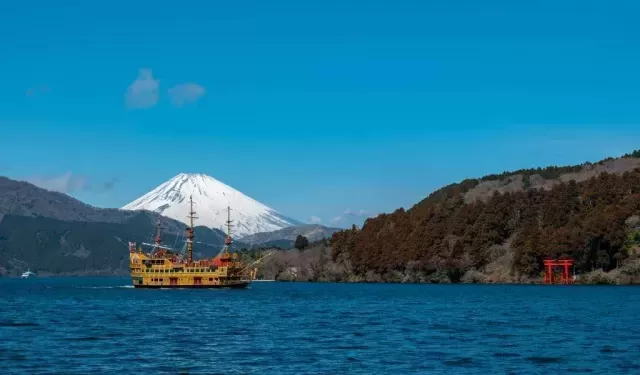
The classic tour includes a pirate ship cruise on Lake Ashinoko and a ride on the Owakudani ropeway. This area is distinguished by being the volcanic valley surrounding Mount Hakone. Numerous sulfur fumaroles give the area a very characteristic aroma, and a popular activity is cooking eggs in these fumaroles. The high concentration of sulfur gives these eggs a distinctive black color. Hot spring baths ( onsen ) are also typical in Hakone. With the Hakone Free Pass (90 minutes from Shinjuku), all transportation is covered. In winter (December-January), you can admire the snow-covered Mount Fuji reflected in the lake; in autumn, the forests blaze in coppery hues. Key tip: If Mount Fuji is hidden (which is common!), visit the Open Air Museum with sculptures by Picasso.
Plan by Season: Your Quick Guide
If you've ever wondered what time of year is best to visit Tokyo and its surroundings, here's the guide you needed:
- Autumn (oct-nov): Places that turn reddish: Nikko, red gardens in Rinsenji (Kawagoe), maples in Hokokuji (Kamakura).
- Spring (Mar-Apr): Kamakura, Kawagoe, Enoshima | Cherry trees in Engakuji (Kamakura), peach trees in Kitain (Kawagoe), camellias in Enoshima.
- Summer (June-August): Enoshima (beach and festivals) and Kamakura (sunset surfing).
- Winter (Dec-Jan): Hakone (Fuji clear over hot springs).
Conclusion: Tokyo is just the beginning. These getaways demonstrate that Japan's true essence lies in its diversity: from ancient shrines to mythical islands, all just a train ride from the metropolis. Invest in regional passes (they save up to 50%!), wear comfortable shoes, and be ready to explore.
